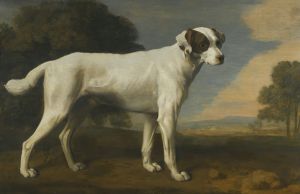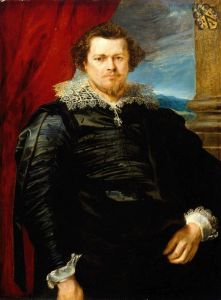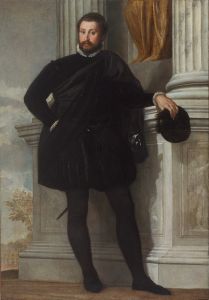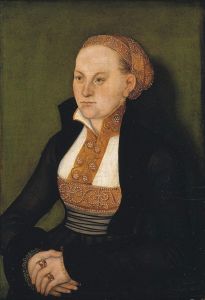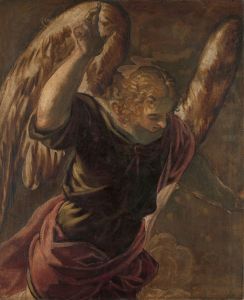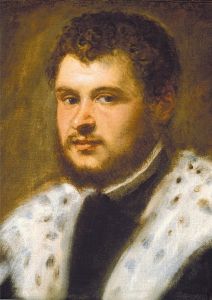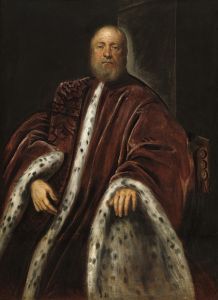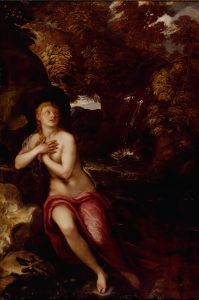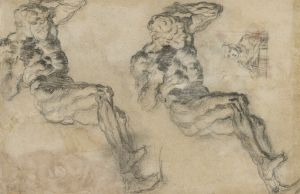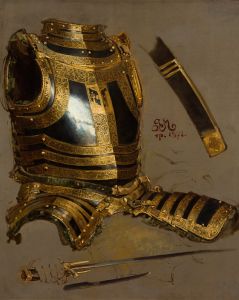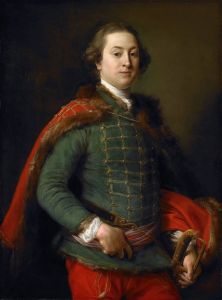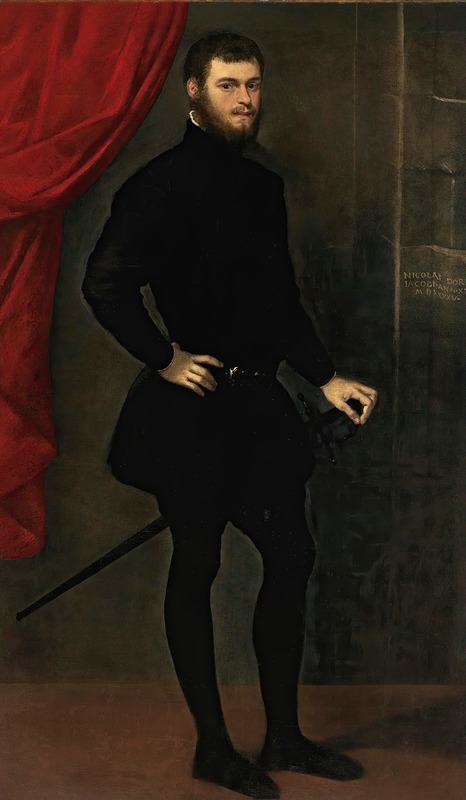
Portrait of Nicolò Doria
A hand-painted replica of Jacopo Tintoretto’s masterpiece Portrait of Nicolò Doria, meticulously crafted by professional artists to capture the true essence of the original. Each piece is created with museum-quality canvas and rare mineral pigments, carefully painted by experienced artists with delicate brushstrokes and rich, layered colors to perfectly recreate the texture of the original artwork. Unlike machine-printed reproductions, this hand-painted version brings the painting to life, infused with the artist’s emotions and skill in every stroke. Whether for personal collection or home decoration, it instantly elevates the artistic atmosphere of any space.
"Portrait of Nicolò Doria" is a painting by the renowned Venetian artist Jacopo Tintoretto, created during the 16th century. Tintoretto, whose real name was Jacopo Robusti, was one of the most prominent painters of the Venetian Renaissance, known for his dynamic compositions, dramatic use of light and shadow, and vigorous brushwork. This portrait exemplifies his skill in capturing the character and status of his sitters.
The subject of the painting, Nicolò Doria, was a member of the prominent Doria family, a powerful and influential Genoese dynasty with significant political and economic influence during the Renaissance period. The Doria family was known for its connections to maritime trade and banking, as well as its patronage of the arts. Nicolò Doria's exact role or achievements within the family are not widely documented, but his commissioning of a portrait by Tintoretto suggests his wealth and social standing.
In the portrait, Nicolò Doria is depicted with a commanding presence, dressed in luxurious attire that reflects his high status. Tintoretto's attention to detail is evident in the rendering of the fabrics and textures, as well as in the sitter's facial expression, which conveys a sense of dignity and authority. The background of the painting is relatively subdued, allowing the focus to remain on the figure of Doria. This approach is characteristic of Tintoretto's portraiture, which often emphasized the personality and importance of the sitter over elaborate settings.
The painting is believed to have been created in Venice, where Tintoretto spent most of his career. Venice was a major center of art and culture during the Renaissance, and Tintoretto was one of the leading figures in the city's artistic scene. His work was highly sought after by patrons from both Venice and beyond, including members of the aristocracy and wealthy merchant families.
"Portrait of Nicolò Doria" is currently housed in the Palazzo Rosso in Genoa, Italy, which is part of the Strada Nuova Museums. The Palazzo Rosso is known for its extensive collection of art, particularly works by Italian and Flemish painters. The inclusion of this portrait in the museum's collection highlights its significance as a representation of both Tintoretto's artistry and the historical prominence of the Doria family.
This painting is an important example of Renaissance portraiture, showcasing Tintoretto's ability to combine technical skill with psychological insight. It remains a valuable piece for understanding the cultural and artistic exchanges between Venice and Genoa during the 16th century.





